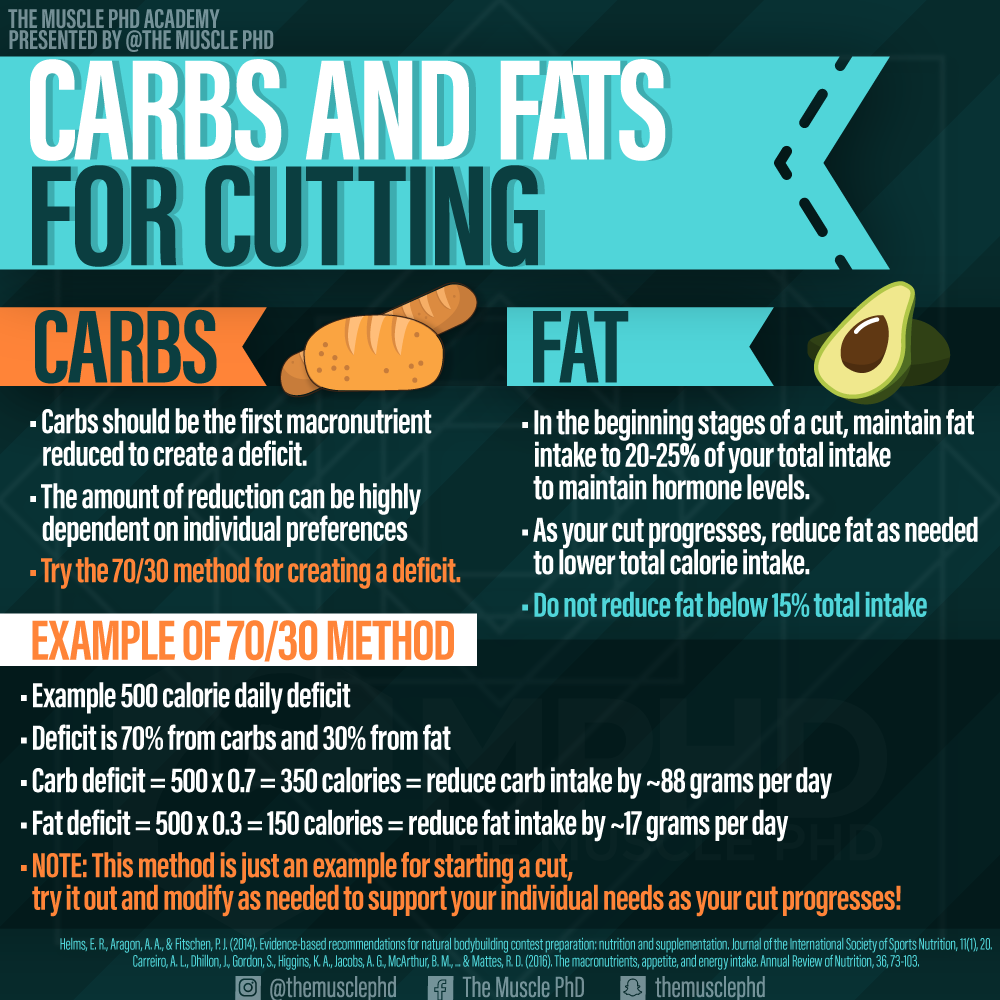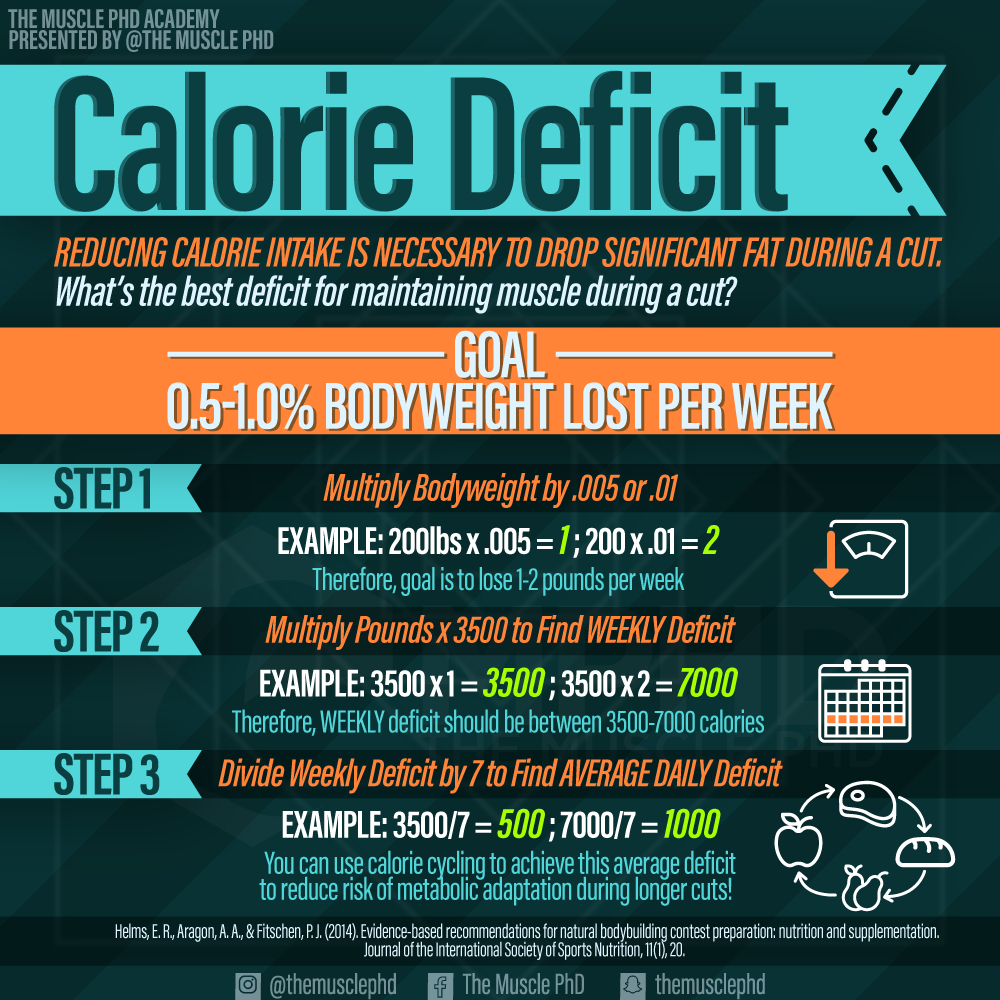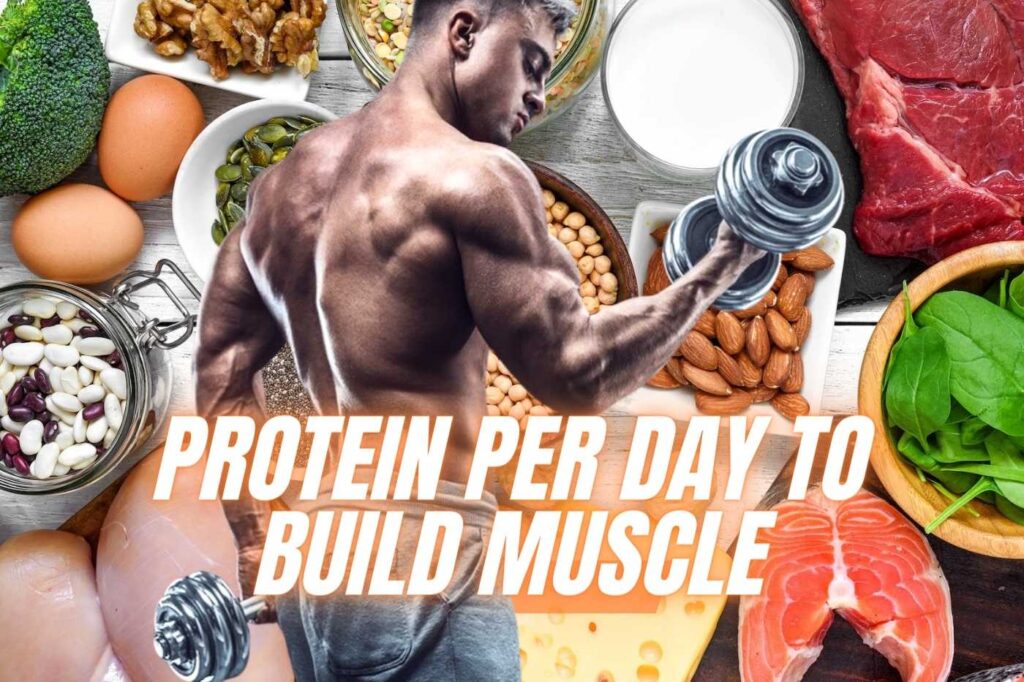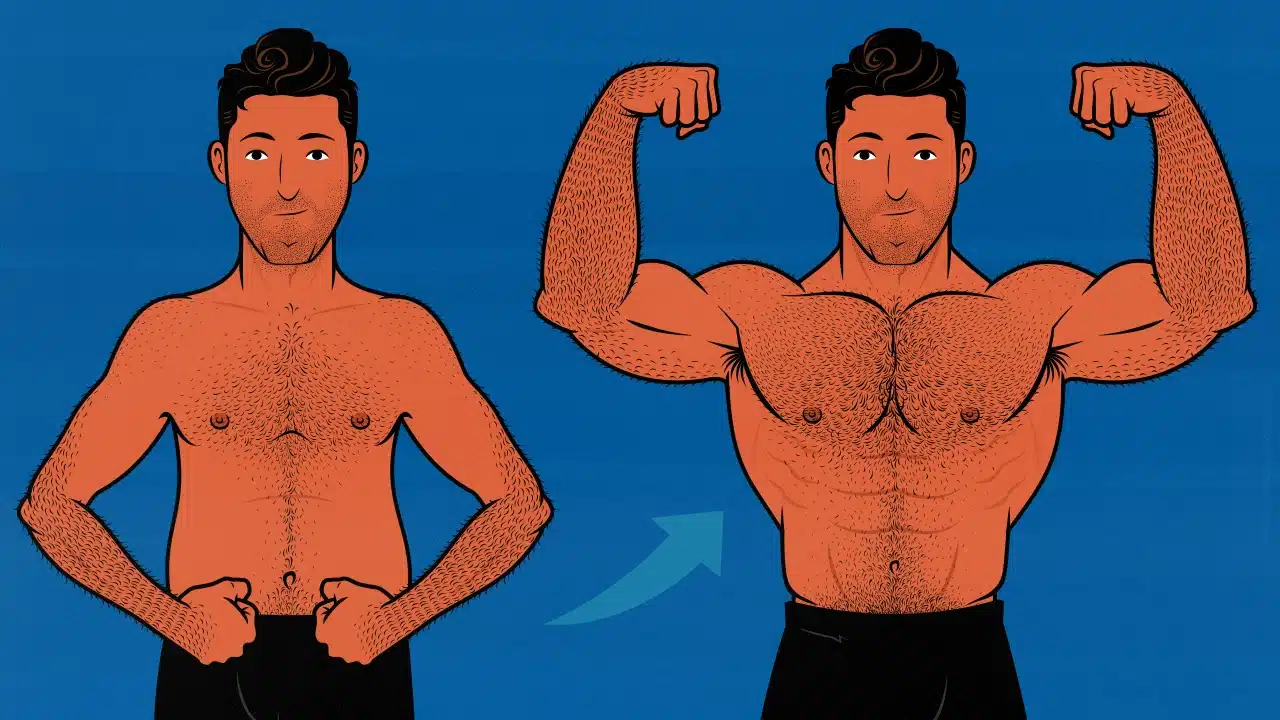A calorie deficit of 500-1000 calories per day is ideal at the end of a bodybuilding cut. This helps achieve sustainable fat loss without muscle loss.
Achieving the perfect balance during a bodybuilding cut can be challenging. Understanding the appropriate calorie deficit is crucial. A deficit of 500-1000 calories per day allows for steady fat loss while preserving muscle mass. This range ensures that the body burns fat for energy without breaking down muscle tissue.
Maintaining muscle is vital for a toned, defined appearance. Tracking your calories and adjusting based on progress can help. Always consult a nutritionist or fitness expert to tailor the deficit to your individual needs. Proper nutrition, along with a well-planned workout routine, can make the cutting phase more effective.
Calorie Deficit Basics
A calorie deficit happens when you eat fewer calories than you burn. This is key for weight loss. Your body uses stored fat for energy. This helps you lose weight.
To create a calorie deficit, you can eat less or exercise more. Balance is important. Too large a deficit can harm your health. Small, steady deficits are best.
Calorie deficit is the main driver of weight loss. It forces your body to use fat stores. This is essential for cutting in bodybuilding. It helps reveal your muscles.
Tracking calories can help maintain the right deficit. Apps can be useful. Always listen to your body. Avoid extreme diets and stay healthy.
Importance Of Cutting Phase
The cutting phase helps reduce body fat while keeping muscle. It improves muscle definition. Athletes use this phase to get a leaner physique. It involves a calorie deficit to burn fat. Proper nutrition and training are key.
A large calorie deficit can cause muscle loss. Small deficits help keep muscle. Protein intake is crucial to protect muscle. Regular strength training is needed. Balance is important to avoid losing hard-earned muscle.
Calculating Calorie Deficit
First, determine your Basal Metabolic Rate (BMR). This is the number of calories your body needs at rest. Use an online BMR calculator for accuracy. Input your age, weight, height, and gender. This gives a basic idea of your daily caloric needs.
Next, adjust for your activity level. Sedentary people need fewer calories. Active individuals need more. Multiply your BMR by an activity factor. Sedentary people use 1.2. Lightly active people use 1.375. Moderately active people use 1.55. Very active people use 1.725. This gives your total daily caloric needs.
Optimal Deficit Range
A safe calorie deficit helps you lose fat without muscle loss. Aim for a deficit of 500-750 calories per day. This range is safe and effective for most people. Going too low can harm your health and performance. Always listen to your body and adjust as needed.
Fast weight loss might seem tempting. But, slow and steady wins the race. A moderate deficit ensures you keep your muscle gains. It also makes the diet easier to stick with long-term. Consistency is key to success.
Nutritional Strategies
Bodybuilders need a balanced intake of proteins, carbohydrates, and fats. Proteins help build and repair muscles. Carbohydrates provide energy for workouts. Fats support hormone production. A common ratio is 40% carbs, 30% protein, and 30% fats. Adjust ratios based on personal goals and body responses.
Eating the right foods at the right time is crucial. Consuming protein-rich meals after workouts aids muscle recovery. Small, frequent meals keep metabolism active. Avoid large meals before bedtime to prevent fat storage. Breakfast should be rich in proteins and healthy carbs. Snacks like nuts and yogurt can maintain energy levels.

Credit: themusclephd.com
Training Adjustments
Choose cardio to burn more calories quickly. It can help you maintain a calorie deficit. Strength training builds muscle, which boosts metabolism. Balancing both types of exercise is crucial. Too much cardio might lead to muscle loss. A balanced routine keeps your body strong. This helps in maintaining muscle mass. Aim for three to four cardio sessions a week. Include strength training two to three times a week.
Lower your workout intensity as you near the end of your cut. This helps prevent overtraining and injury. Monitor your energy levels closely. Reduce the number of sets or reps if needed. Listen to your body and adjust your routine. Rest days are essential for recovery. Proper rest ensures you stay healthy and motivated. Stay focused on your goals.
Monitoring Progress
Track your weight daily. Use a reliable scale for accuracy. Record the numbers in a journal. Measure your body fat weekly. Use calipers or a smart scale. Keep these records for comparison. This helps you see progress and adjust plans.
Review your weight and body fat data. If weight loss stops, check your calorie intake. Make sure you’re still in a calorie deficit. Adjust your diet if needed. Add more protein and vegetables. Reduce carbs and fats if necessary.

Credit: www.facebook.com
Common Pitfalls
Creating a huge calorie deficit can be harmful. It can lead to muscle loss. Your body needs fuel to maintain muscle. A small calorie deficit is safer. Aim for a 500-700 calorie deficit per day. This helps you lose fat without losing muscle. Eating enough protein is also important. It helps maintain muscle mass. Drink plenty of water to stay hydrated.
Setting small goals can help you stay motivated. Celebrate each small win. Track your progress with photos. This can show changes that the scale doesn’t. Find a workout buddy. They can keep you motivated. Change your workouts to keep them fun. Listen to music that pumps you up. Rest well to recover. Remember, consistency is key.

Credit: www.bulknutrients.com.au
Frequently Asked Questions
What Should My Calorie Deficit Be When Cutting?
Aim for a daily calorie deficit of 500-750 calories when cutting. This helps lose 1-1. 5 pounds per week.
Is 300 Calorie Deficit Enough For A Cut?
A 300 calorie deficit can be effective for a gradual cut. It promotes sustainable weight loss without extreme hunger. Adjust based on progress.
Is A 200 Calorie Deficit Enough For A Cut?
A 200 calorie deficit can be enough for a cut, depending on individual goals and metabolism. Adjust as needed.
How Much Weight Do Bodybuilders Lose When Cutting?
Bodybuilders typically lose 0. 5-1. 5 pounds per week when cutting. The total weight loss varies based on individual goals and body composition.
Conclusion
Finding the right calorie deficit is crucial for bodybuilding success. Aim for a balance between muscle retention and fat loss. Monitor progress and adjust your intake as needed. A consistent approach will help you achieve your desired physique. Stay patient and dedicated to reach your bodybuilding goals.











